What is Endometriosis?
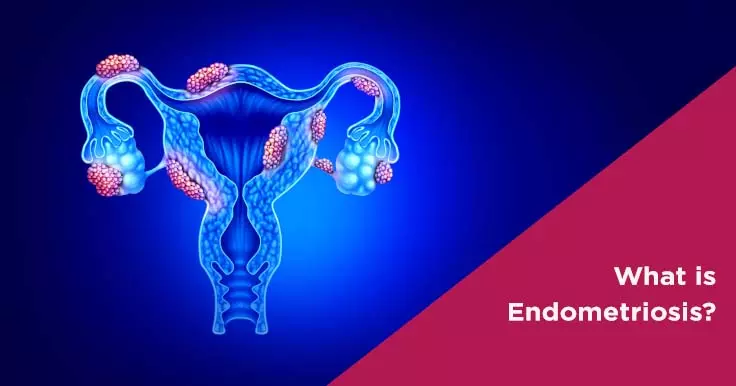
Endometriosis, derived from the term endometrium (tissue that lines the uterus), is a common disorder found in women, where the endometrial tissues grow outside the uterus. This gynaecological condition can occur in the ovaries, fallopian tubes, the tissues lining the pelvis, and in rare cases, abdominal cavity, too.
In a normal woman's body, endometrial tissues thicken, shed, and bleed each month during the menstrual cycle, and this cycle repeats until the woman gets pregnant. The displaced endometrial tissues that grow in other parts apart from the uterine walls also follow the same pattern. And due to non-availability of a passage for the shed tissues to exit the body, they are trapped which causes irritation in the surrounding tissues and creates scars or adhesions (tissue strands that cause the pelvic organs to stick to each other) on them. Endometriosis occurring in the ovaries leads to cyst formation.
Common Places Where Endometriosis Occurs
These are the common areas in a woman's body that can be affected by endometriosis:
- Ligaments supporting the uterus
- Anterior and posterior cul-de-sac (space between uterus and bladder)
- Ovaries
- Fallopian tubes
- The inner lining of the pelvis
- Rectum
- Vagina
- Cervix
- Vulva
- Intestines
- Bladder
- Surgical scars in the abdomen
Stages of Endometriosis
There are four stages of endometriosis:
1. Mild Stage: It is identified by superficial implants similar to small, flat flecks or patches formed on the pelvis area. These implants cause inflammation or irritation to the surrounding tissues, causing adhesions later on.
2. Moderate Stage: Chocolate cysts (where the blood inside them turns dark red or brown) appear in the adhesions, which when burst, causes severe abdominal pain and inflammation of the pelvic area.
3. Severe Stage: The drastic spread of cysts and adhesions lead to constipation, nausea, abdominal pain, painful bowel movements, and infertility. Surgery is required to remove the cysts.


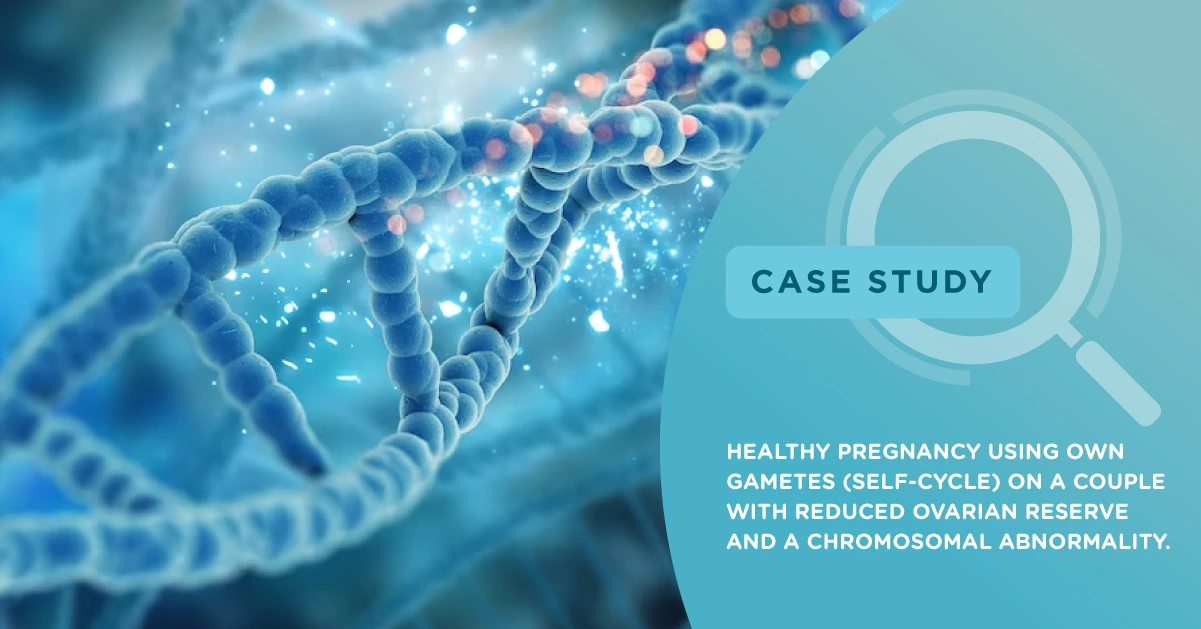
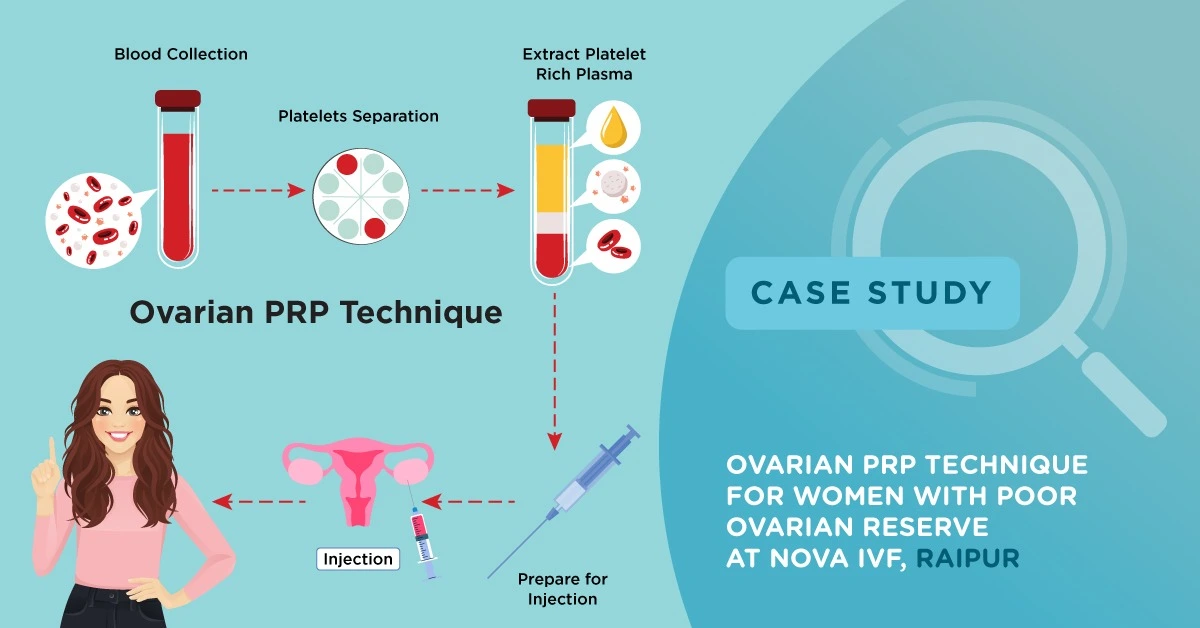


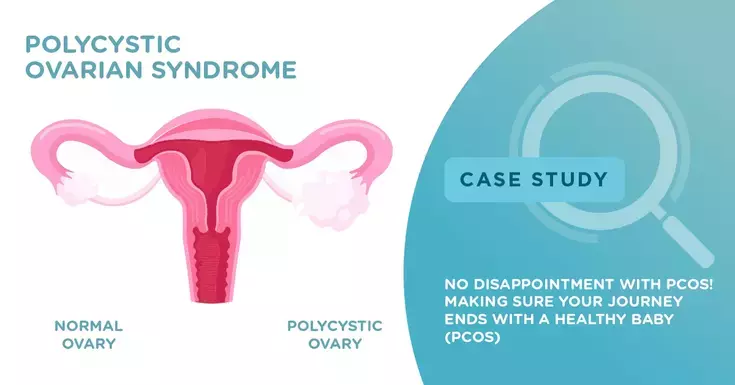
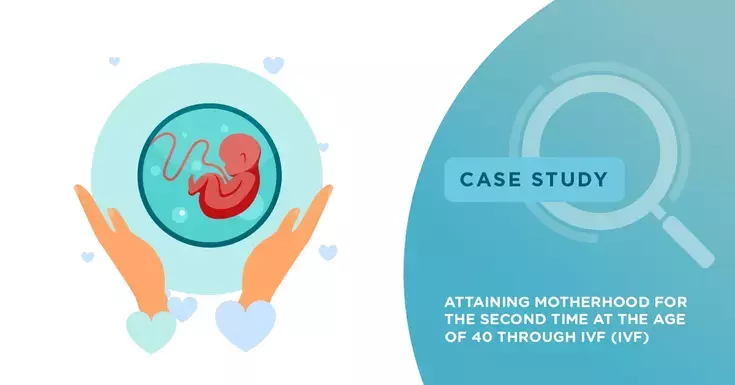
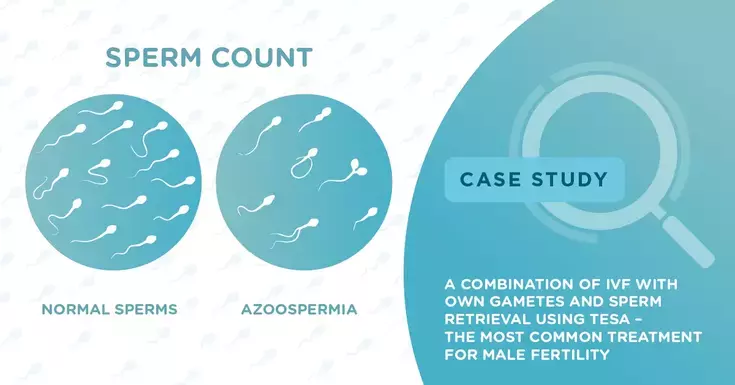



How severe PCOS can lead to infertility?
Know MoreWhat is Hydrosalpinx Removal?
Know MoreHow does prolactin may impact fertility?
Know More